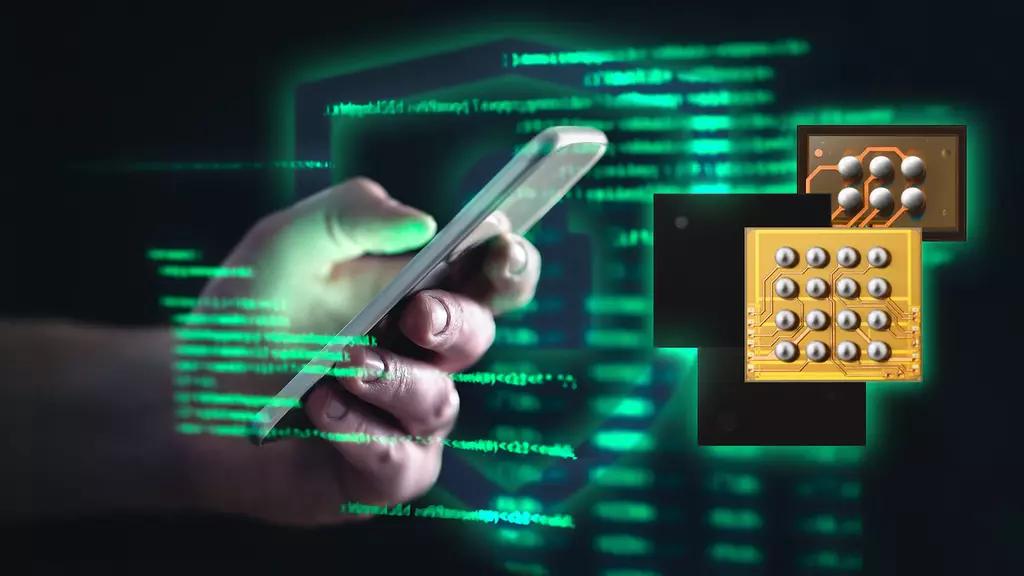Semiconductor manufacturing is a complex, multi-step process, and defects or weak points that can lead to failure of a semiconductor device can be introduced at any stage of the process.
In particular, Aehr Test‘s semiconductor test and reliability qualification solutions address multiple test and burn-in segments, including silicon carbide devices for electric vehicles, silicon photonics markets including data center infrastructure and global 5G infrastructure, 2D/3D sensor markets related to consumer electronics and automotive applications, and data storage and memory markets.
Aehr Test was incorporated in the state of California, United States, in 1977 and develops, manufactures and sells solutions designed to reduce the cost of test and perform reliability and stress testing, burn-in or cycling, of homogeneous and heterogeneous logic and memory semiconductor integrated circuits, sensors, power and optical devices.
These solutions can be used to simultaneously perform parallel and burn-in testing of packaged devices, singulated bare die or semiconductor devices while still in wafer form.
While failures can occur immediately or at any time during the life of the device, sometimes after several months of normal use, semiconductor manufacturers rely on testing and reliability monitoring to identify and eliminate defects that occur during the manufacturing process.
Semiconductor testing
To understand the process, Aehr Test indicated that reliability testing and screening involves several steps.
Semiconductor device manufacturers typically perform the first series of tests before the processed semiconductor wafer is cut into individual dies, in order to avoid the cost of packaging defective dies in their packaging.
These «wafer probing» tests can be performed on one or several dies at a time, even on the entire wafer at once.
Also, most microprocessors, microcontrollers, digital signal processors, memory ICs, sensors, and optical and power devices (such as vertical cavity surface emitting lasers or VCSELs) undergo an extensive reliability and stress test procedure known as «burn-in» or «cycling,» depending on the application.
This can be done at the wafer level, before packaging the chip, or at the package level, after packaging the chip.
Final test
The burn-in process allows detection of premature failures by operating the device at elevated voltages and temperatures, up to 150 degrees Celsius (302 degrees Fahrenheit) or higher.
Depending on the application, run-in time can vary from minutes to hours or even days.
A typical burn-in system can process thousands of devices simultaneously.
After burn-in, the devices undergo a final test process with automatic test equipment or testers.
For example, this cyclic process tests the silicon carbide semiconductor devices used in the inverters of electric vehicle motor controllers and their corresponding on-board battery chargers for compliance with current conduction, power loss and leakage specifications, as well as resistance requirements.
Specifically, Mexico is currently involved in these five stages (research, design, validation, assembly and final testing) and, according to the Ministry of Economy, does not intend to enter the remaining stage, wafer manufacturing, for the time being.

